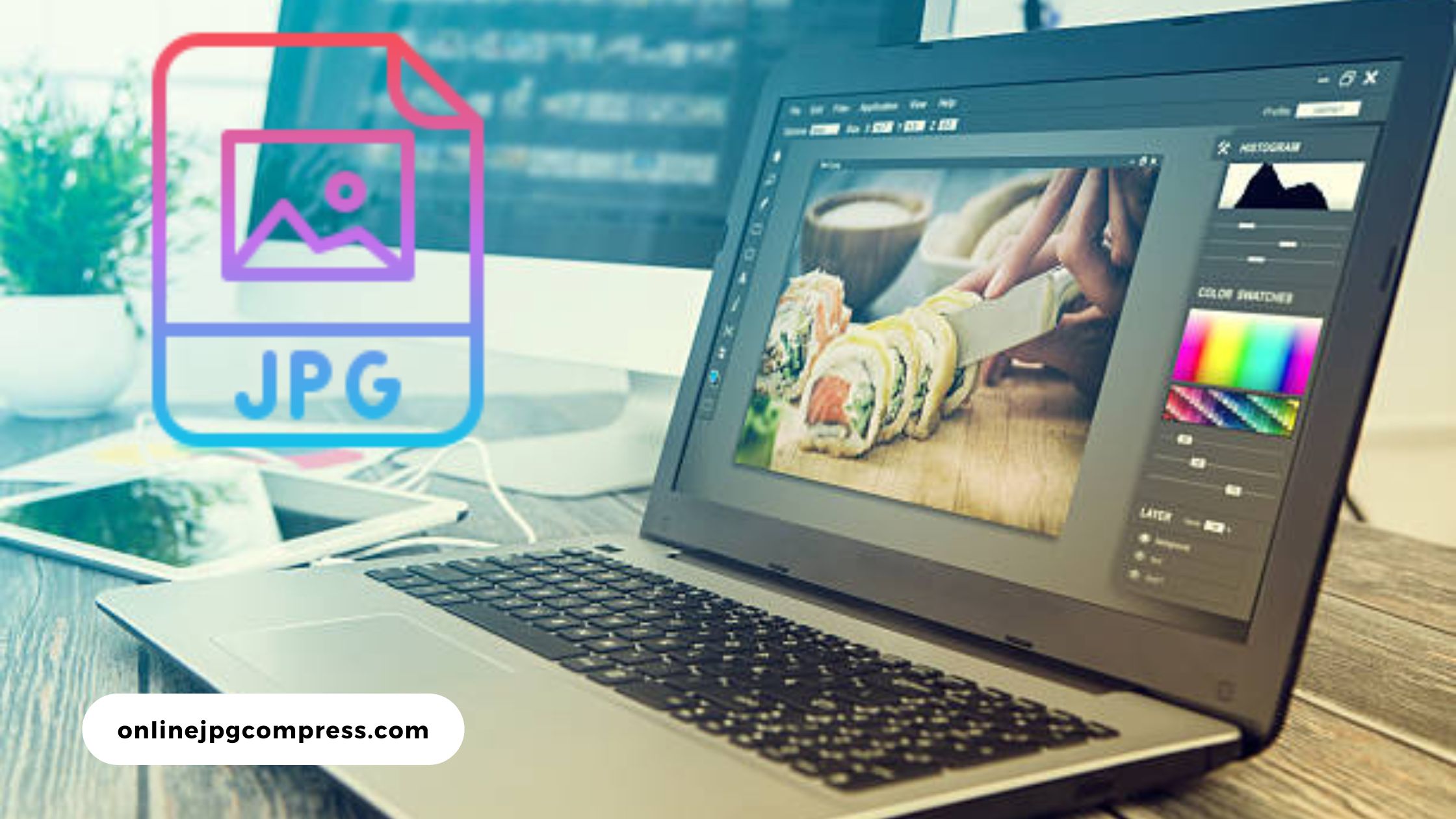Introduction
In the digital age, where visual content reigns supreme, the efficient management of image files is paramount. Large JPG files can pose challenges related to storage, website loading times, and overall user experience. This comprehensive guide explores the art of compress file JPG, shedding light on its significance, methods, and the best practices for users in the United States seeking to optimize their digital assets.
Read this – Compress JPG Free: Optimize Visuals for Peak Performance

Understanding the Significance of Compressing JPG Files
JPEG, or JPG, is a widely adopted image format celebrated for its ability to balance quality and file size.
However, the larger the file size, the more resources it consumes, impacting storage space and slowing down website loading times.
Compressing JPG files becomes essential, allowing users to reduce file sizes while maintaining visual quality.
Key Benefits of Compressing JPG Files
Improved Website Performance:
In the digital landscape, where attention spans are short and website performance is critical, compressing JPG files ensures faster loading times.
This contributes to a seamless user experience, reducing bounce rates and enhancing overall website performance.
Optimized Storage Space:
High-quality JPG images can be sizable, placing a strain on storage resources.
Compressing JPG files allows users to optimize storage space, making it an ideal solution for individuals and businesses with limited storage capacity.
Efficient Bandwidth Usage:
Compressed JPG files are not only friendlier on storage but also on bandwidth.
This is particularly crucial for users with limited data plans or those navigating slower internet connections, ensuring a smoother online experience.
Quick File Transfers:
Whether sharing images online or collaborating on projects, compressed JPG files facilitate quicker uploads and downloads.
This is advantageous for content creators, professionals, and businesses engaged in digital communication.

Methods of Compress Files JPG
Online Compression Tools:
A variety of online tools offer free and user-friendly JPG compression services.
Platforms like TinyPNG, JPEG-Optimizer, and Compressor.io empower users to upload JPG files, adjust compression settings, and download optimized files effortlessly.
Desktop Software Applications:
For users who prefer offline solutions, desktop software applications provide robust JPG compression features.
Notable examples include FileOptimizer, IrfanView, and GIMP, each offering customization options and batch processing capabilities.
Image Editing Software Plugins:
Many popular image editing software applications, such as Adobe Photoshop and Lightroom, come equipped with built-in compression features.
Users can seamlessly adjust compression settings during the editing process, integrating compression into their overall workflow.
Programming Libraries for Developers:
Developers seeking to incorporate JPG compression into their applications can leverage programming libraries like ImageMagick or the Pillow library in Python.
These libraries provide extensive control over compression parameters, enabling developers to tailor the compression process to their specific needs.
Choosing the Right Compress File JPG Tool
User-Friendly Interface:
An effective JPG compression tool should feature an intuitive and user-friendly interface, ensuring accessibility for users with varying technical expertise.
Compression Customization:
The ideal tool allows users to customize compression settings, striking a balance between file size reduction and acceptable image quality.
This flexibility ensures optimal results for different use cases.
Batch Processing Capability:
For users dealing with a large number of images, a JPG compression tool with batch processing capabilities streamlines the compression process, saving time and effort.
Platform Compatibility:
Whether online or desktop-based, the chosen tool should be compatible with the user’s preferred platform, be it Windows, macOS, or Linux.
Security and Privacy:
Given the sensitive nature of images, the selected JPG compression tool should prioritize user security and privacy.
Opting for tools that operate securely and uphold user confidentiality is paramount.

Conclusion
Compressing JPG files emerges as a transformative practice for individuals and businesses seeking to optimize their digital assets.
By understanding the significance of compression, exploring various methods, and selecting the right tools, users in the United States can harness the full potential of JPG file compression.
This comprehensive guide serves as a roadmap, empowering users to make informed decisions, enhance their digital assets, and ensure a seamless and visually compelling online experience in an ever-evolving digital landscape.

2 thoughts on “Effortless Efficiency: Mastering Compress File JPG”